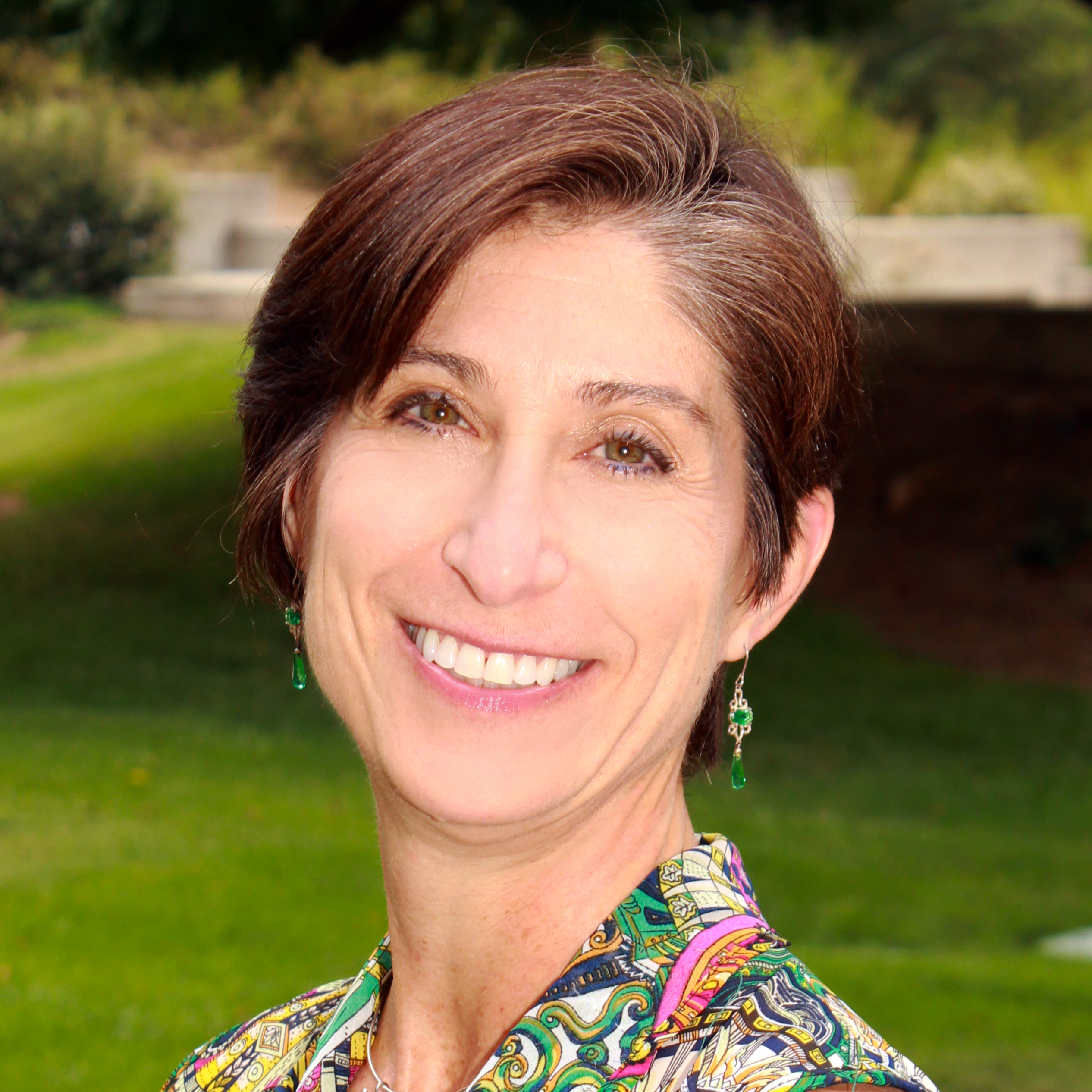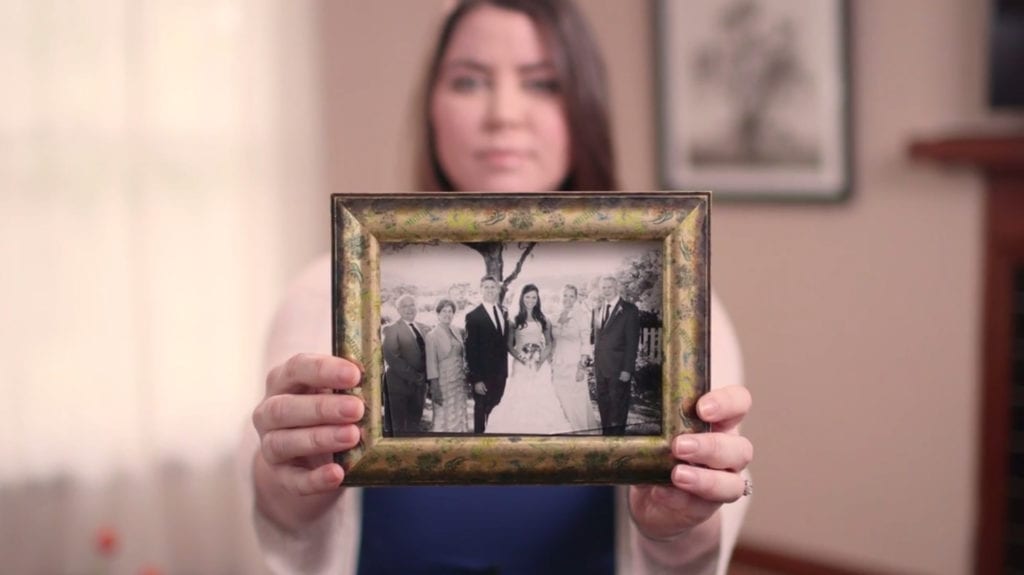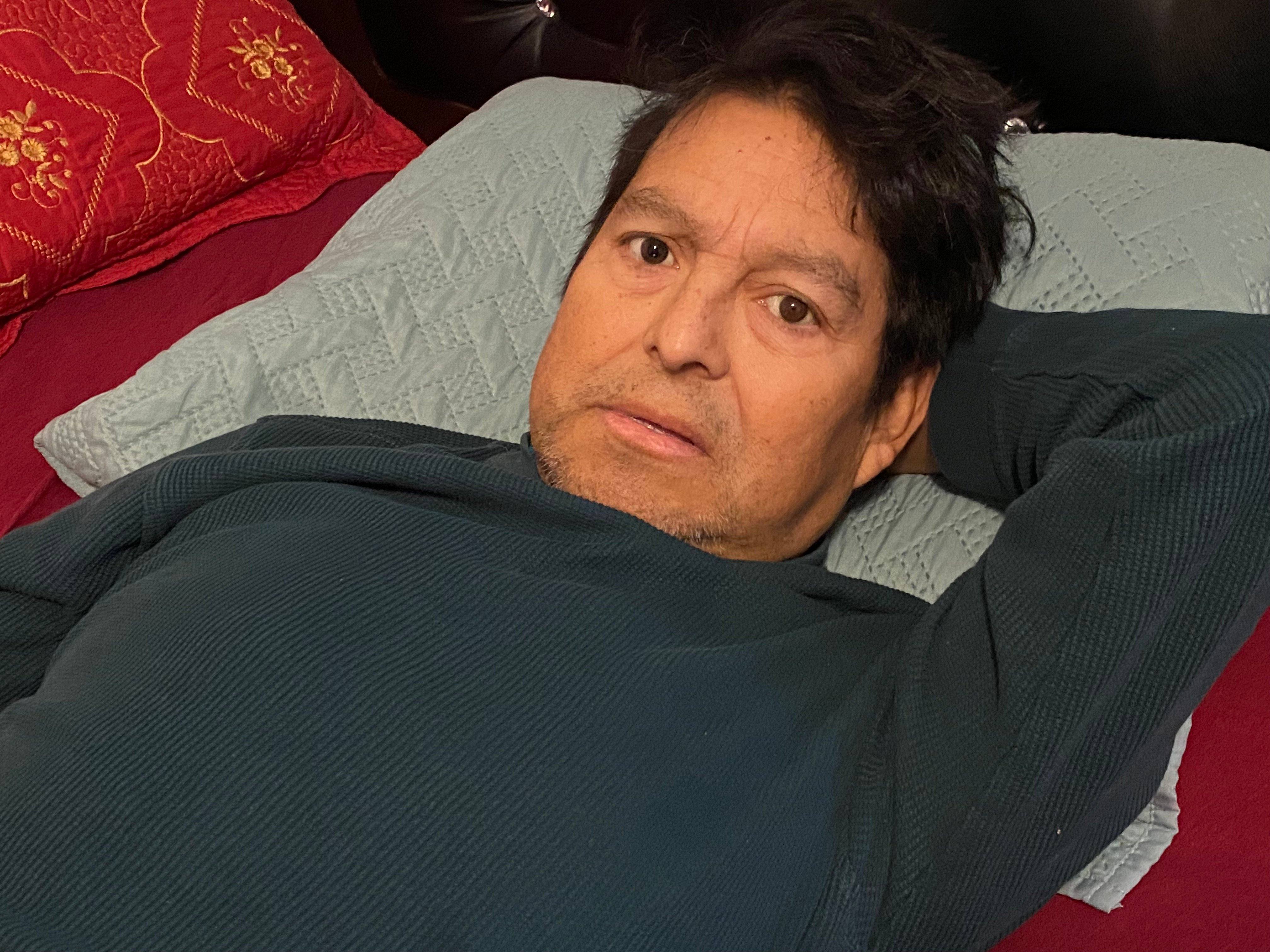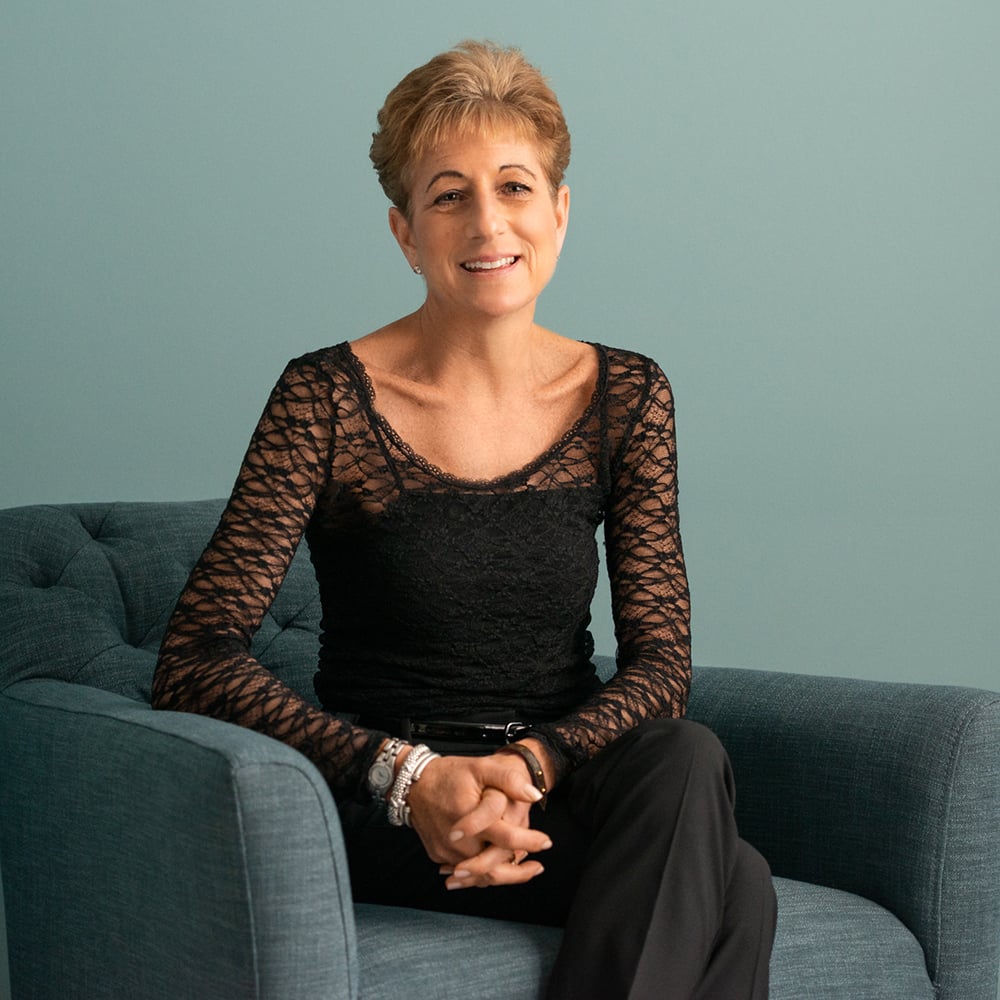Susan shared her story in November of 2020.
When the End of Life Option Act became law in California, there was not a moment's hesitation for me as I immediately volunteered to be a consulting pharmacist for the program. I knew providing support for people at the end of their lives would be meaningful work for me. These past four years have proven what a unique and rewarding experience it is to be part of a team supporting dying individuals and their loved ones.
My main job is to teach patients about the aid-in-dying medication and the steps of using them. I love to add emotional support and a steady reassurance. The moment the medications arrive in their own hands makes the whole process so very real and people can need a few moments to deal with all the emotions that come along with that reality.
For one woman, her sobbing came on and we simply sat, reassuring her that we were just fine with her feelings and to take as long as she needed. We sat with her and her husband for about 10 minutes just providing that loving support until she was able to hear more about the process.
Another patient lived by herself. My colleague and I spent a bit of time visiting and getting to know her in the process of the consultation. In talking about what her own dying process might look like, we talked about how she could make the end of her life special. I suggested she could even throw an end-of-life celebration. She was thrilled with the idea and started sharing her ideas about how she might do just that. What a joy to be able to help add to her dying process in such an unexpected and joyful way.
For all the patients I have met, the common thread is the great relief they express. Often patients tell me, “I am just so glad I have this option.” And many have said, “I don’t know if I will end up using the medication, but it is so reassuring just having it as an option.”
I feel blessed to be able to allow people to feel some control over their lives in a time when their disease has taken over. I wish my father had had medical aid in dying available to him as he suffered through pancreatic cancer. As a physician, he knew in advance how painful the process would be for him. Years before, his best friend (also an MD) suffered through the late stages of multiple sclerosis. The two of them spoke openly of their wish for the option to use medical aid in dying. Unfortunately, my father died before California’s law was passed. As he had expected, his last weeks were horrible.
The last thing that patients must do to meet the law is to sign the final attestation, which is required 48 hours prior to ingestion. I can see the patient and families trying to calculate how they will know when it will be time–how they can tell when it will be a really bad night, or the person is ready to go. These patients have already made multiple declarations about their wish to access the law and yet in their final hours they must worry about remembering to sign a form to prove their clarity that it is their own choice.
I am thankful that currently, terminally ill Californians have the freedom to pursue this option. But, there is so much more that can be done. Patients are often caught learning about the option late in their illness and scrambling to try to meet the waiting periods to submit multiple requests. The required 15-day waiting period, along with the additional days it takes for someone to receive their medication is too long. It would be wonderful if providers were required to provide information on end-of-life options along with all other treatment options offered, so patients could make a truly educated treatment decision for their illness well in advance.






